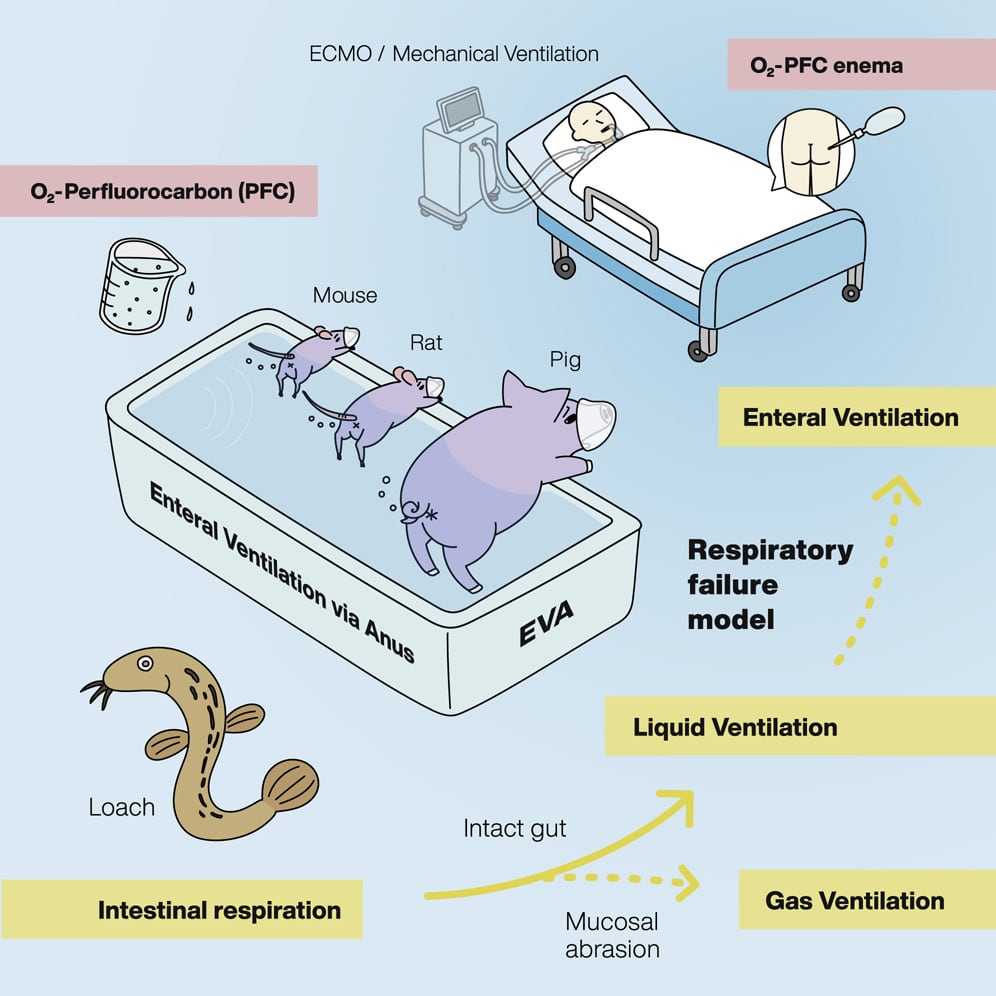Daycare prices are out of control, and California politicians seem intent on making it completely unaffordable.
Over the last three decades, child care prices have increased 263% nationwide, almost double the general inflation rate. In many states, parents can now expect to pay more than $10,000 for daycare for just one child. It’s even worse in California, where the average family pays an eye-popping $16,945 a year for infant care and $11,475 for 4-year olds.
While there are some factors that are out of the government’s control, much of the blame for these outrageously high costs can be laid squarely on politicians in Sacramento. With some of the most restrictive regulations in the country, California makes child care unnecessarily expensive. By relaxing just a couple of these regulations, the state could bring down prices significantly.
Child care is inherently expensive. Because it’s so labor intensive (staff wages can make up more than 70% of a facility’s expenses), child care costs increase as wages throughout the local economy increase. And since wages in California have been steadily rising, we should expect that daycares will have to pay higher wages too, thus driving up prices.
But incomes have been increasing nationwide, so this doesn’t explain why child care is uniquely expensive in California. Here, infant care costs nearly 25% of a median family’s income, a larger share than any other state in America.
The biggest factor inflating childcare rates in California is the number of well-meaning, but onerous regulations that the state imposes on the childcare industry. For example, California has a legal maximum staff-to-infant ratio of 1:3. The ratio for children aged 18 months to 36 months is 1:4. These ratios are lower than those required by most other states, which generally allow 1 adult to care for 4 infants or 5 to 8 toddlers. California’s low ratios are intended to allow children adequate supervision, but they also require that a daycare hire more employees, costing them more money, which causes prices to rise.
Adjusting the infant ratio to match the standard in other states could lower prices substantially. In 2015, researchers at the Mercatus Center determined that bumping up the ratio by 1 infant could decrease prices by 9 to 20 percent. Even using the low end of this estimate, increasing the infant ratio could save the average family $1,525 a year.
Of course, some parents may not feel comfortable with that ratio and choose to send their children to daycares with fewer children per staff member, but adjusting the maximum would at least allow parents the choice.
Related Articles
Tom Umberg: PAGA reform will provide relief and support for both workers and businesses
Democrats hold no monopoly on dalliance
Larry Elder: Kamala Harris, unscripted, is an incoherent disaster
Dangerous conditions in prison are one product of a failing system of mass incarceration
The Harris campaign will base its platform on Biden’s fake economic accomplishments
California also requires daycare teachers to have at least 12 credit hours of college-level courses in early childhood education, whereas many states only require daycare teachers to have a high school diploma. Center directors in California must meet a litany of educational credentials well beyond what other states demand. It’s true that having a well-educated staff is associated with better outcomes for children, but they also increase costs and even prevent new daycares from opening in the first place if qualified directors and staff are in short supply.
Unfortunately, rather than reduce these costly government interventions, state legislators have been busily making child care more expensive. Last year, the state expanded Paid Time Off for daycare employees — a laudable goal, but one which will force child care centers to raise prices to pay for those benefits.
In an effort to help families offset high daycare prices, Democrats like Sen. Caroline Menjivar of San Fernando Valley want to give new subsidies to 80,000 children, costing the state an additional $1.4 billion.
Child care in California is a mess. The state made it more expensive than it needed to be and now wants to tax its citizens more to pay for it, even as it runs a budget deficit of $38 billion. Enough is enough. It’s time for lawmakers to look at fresh solutions like deregulation, lest the child care crisis put more stress on families and drive the state off a fiscal cliff.
Tyler Curtis is a State Beat Fellow at Young Voices.



























